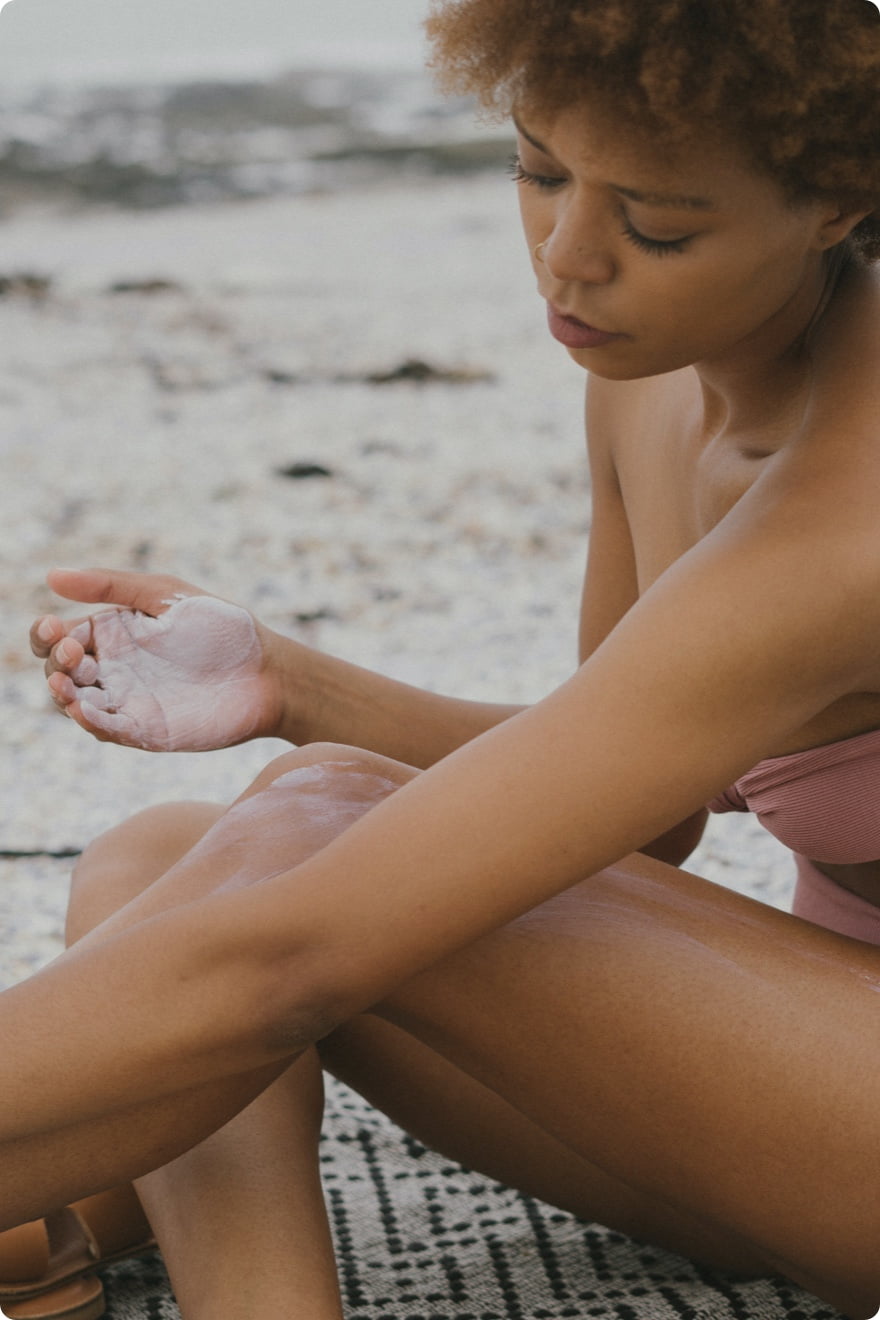Why Are Abhyanga Massages With Moisturizing Body Oils Important In Monsoon?

Abhyanga is a popular massage in the Indian traditional system of medicine, Ayurveda. It is done with warm oil that's applied on the entire body, from the scalp to the soles of your feet.
The term 'Abhyanga massage' is a bit of a misnomer. In actuality, Abhyanga is not a massage that relieves pain, stress and other conditions by stimulating the body's muscles. Instead, it is a treatment that focuses on anointing the skin with oil to penetrate deeply and heal the body. While most massages use oil for lubrication, Abhyanga is unique because oil is the most important part of the therapy.
Why Should You Choose Abhyanga?

Most Ayurvedic therapies are focused not on treating a particular physical ailment but on restoring balance to the body, and abhyanga is no exception.
It has traditionally aimed to regulate the Vata (wind) or Dosha (air) of the body. In simple terms, this means that it controls the tendencies towards cold, dryness and restlessness in the body via applying oils that are generally warming, moisturizing and lubricating.
A 2016 study found that lipid peroxide levels in the blood (a marker showing damage caused by free radicals in the body) showed a significant decrease in the months following PanchaKarma, a holistic Ayurvedic treatment that includes Abhyanga. The damaged, peroxidized cell membrane lipids were likely replaced by healthy ones transferred into the body through Abhyanga oils. Thousands of years before the term “detox” was invented, Abhyanga helped the body purge itself of harmful elements.
Abhyanga is particularly suited for the monsoon season. This joyful time of the year can also be a period when health challenges emerge. The dampness and cold of the monsoon can trigger joint aches, which the warming massages can alleviate. Our bodies are also more prone to catching infections during the monsoons, particularly colds and flu. Abhyanga enhances the body’s production of antibodies, strengthening our defenses against infections.
How is Abhyanga Performed?
Trained massage therapists typically perform Abhyanga in a spa. However, it may be difficult for you to find a reputable Ayurvedic spa near your home. Also, Abhyanga must be conducted regularly to be effective, so the cost of sessions can add up.
Instead, you can perform Abhyanga on yourself, as a part of your daily routine, or dinacharya. It can take a lifetime to become an expert in this Ayurvedic craft, but here are a few steps that can help you begin reaping its benefits immediately:
- Heat the oil of your preference to a comfortably warm temperature. Ideally, you should submerge it in a hot water bath within a heat proof container. If this is not possible, you can also microwave the oil on a low setting for less than a minute. If you’re working on an even tighter schedule, simply coat your palms with the oil and rub them briskly against each other to warm it up.
- Apply the oil to the whole of your body with your arms, from your neck to the soles of your feet. If your facial skin is not prone to breaking out in response to oils, cover it too.
- Begin rubbing the oil into your skin gently but firmly, moving from the top to the bottom. Use long strokes to cover the back and the limbs and shorter ones over the chest and stomach.
- Let the oil sit on your skin, soaking deep into its layers, from a minute to a few hours. Then, rinse it with lukewarm water, cleansing it with gentle natural soap if necessary.
Always perform Abhyanga after thoroughly cleansing and exfoliating your skin, such as using a natural loofah or even a dry brush. This ensures that your skin is free from dirt and dead skin cells and maximizes the oil's absorption.
What Oils Should You Use For Abhyanga?
You can use most natural carrier oils (certainly not strong essential oils!) for Abhyanga, but choose one that suits your skin, temperament, and climate to derive maximum benefit from the process. Here are some of the best ones:
1. Sesame Oil
This seed oil is often called the “king of oils” in Ayurveda due to its versatility. It is one of the primary warming oils, with a nutty and sweet aroma that has an astringent effect on the skin. Its low molecular weight also aids its quick absorption.
It would be best to use it regularly throughout the monsoon and winter. It will keep the body warm and comfortable as well as thoroughly moisturized. During the rest of the year, you can use it to ease the discomfort of colds and similar illnesses. Also, athletes and those suffering from chronic muscle pains can benefit from applying sesame oil, particularly to the ailing body parts.
2. Coconut Oil
Coconut oil is perfect for humid monsoon days when the air is heavy with moisture, but the clouds never break and offer relief. It is light enough that it won’t be uncomfortable on your skin. If you can’t bear to apply moisturizers to your skin in hot weather, Abhyanga with coconut oil will take care of that for you.
3. Castor Oil
The thick, sticky texture of castor oil may make you reluctant to apply it to your body, but it can be an excellent choice for Abhyanga. The unctuous texture creates more friction as you rub it into the skin, and this vigorous massage can be delightful and refreshing. It has anti-microbial properties, making it a great preventative treatment for all kinds of skin infections, not to mention the anti-ageing properties lent by the various fatty acids present in it.
To make it easier to apply and rinse off, you can begin by mixing it with a lighter oil of your choice.
Bottomline
The beauty of Abhyanga is that it improves your skin at the surface level and nourishes every part of your body. The oils you use to perform this therapy daily go far beyond the skin. Hence, it is essential to choose the highest-quality body oils that are all-natural and extracted using the Ayurvedic method of cold-pressing, like Life & Pursuits range of body and hair oils. At Life & Pursuits, we offer organic Ayurveda wellness and personal care products that are free from toxins and chemicals.











